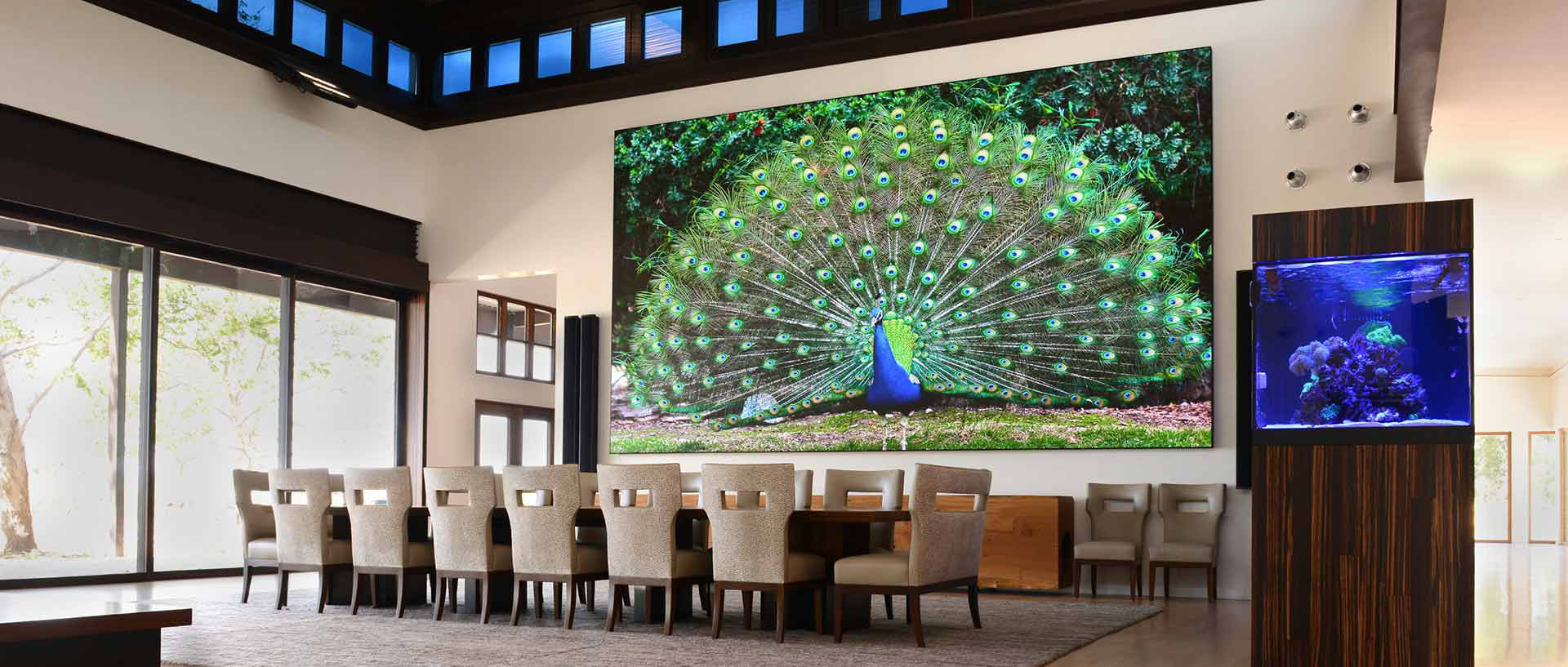Exploring the Key Factors That Affect Hue Consistency in Light Emitting Diode Panel Panels for Ideal Visual Performance
Exploring the Key Factors That Affect Hue Consistency in Light Emitting Diode Panel Panels for Ideal Visual Performance
Blog Article
Color uniformity in light-emitting diode wall screens is crucial for achieving maximum optical output. light-emitting diode wall panels are commonly used in multiple environments, including concerts, conferences, and advertising displays. When the hues on these screens are uniform, they create a more captivating and enveloping experience for viewers. Several key factors influence color uniformity, including the caliber of the light-emitting diode elements, tuning processes, and environmental conditions.
The quality of the LED components plays a major role in hue uniformity. Various types of light-emitting diodes produce light at different wavelengths, which can affect the total color output. High-quality LEDs are designed to produce a more consistent light range, leading in improved hue precision. Additionally, the production method of these light-emitting diodes can impact their functionality. Panels made with superior materials and technology tend to have less hue differences, guaranteeing that the shown pictures and footage look lively and faithful to reality.
Calibration is another crucial factor in maintaining hue uniformity in LED wall screens. Tuning involves modifying the settings of the screen to ensure that the hues shown align the desired appearance. This process can include adjusting luminosity, contrast, and color equilibrium. Frequent calibration is necessary, especially in settings where illumination factors vary often. By calibrating the panels, specialists can fix any inconsistencies in color output, resulting to a more uniform viewing experience.
Environmental factors also influence hue consistency in LED wall panels. Elements such as ambient light, heat, and moisture can affect how colors are perceived. For example, intense surrounding light can wash out colors, making them look more vibrant. Similarly, extreme temperatures can influence the performance of the LEDs, resulting to hue changes. To useful source reduce these issues, it is essential to place light-emitting diode wall screens in managed settings where illumination and heat can be controlled effectively.
Finally, the layout and arrangement of the light-emitting diode wall panels can impact hue uniformity. The configuration of the panels, as well as the spacing from which they are observed, can create variations in color recognition. When screens are arranged too far apart or at varied positions, viewers may detect discrepancies in hue. To achieve the best visual performance, it is crucial to take into account the positioning and arrangement of the screens during installation. By addressing these factors, users can guarantee that their LED wall screens deliver a consistent and high-quality optical encounter.